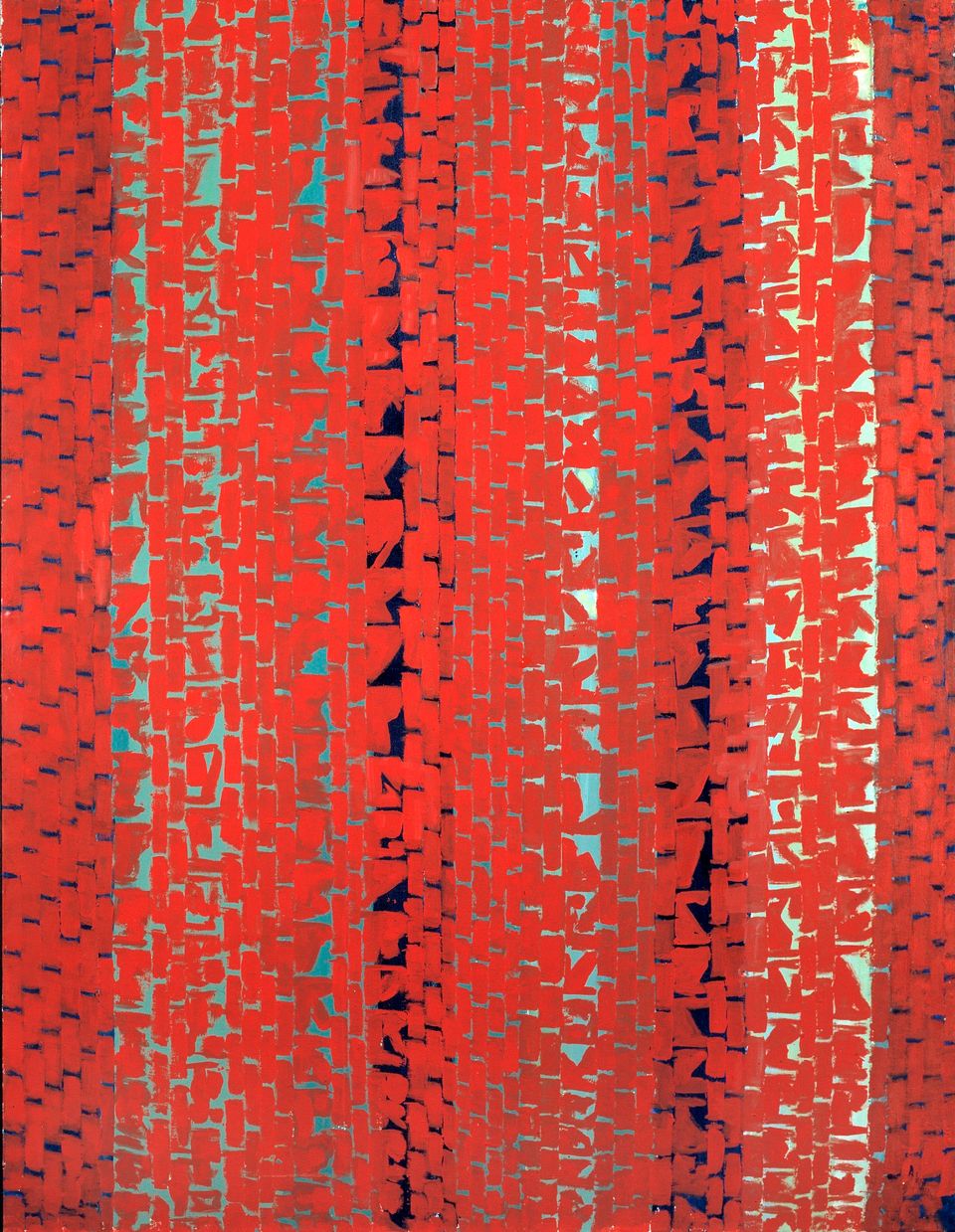Howard Mehring
- Born
- Washington, District of Columbia, United States
- Died
- Annapolis, Maryland, United States
- Biography
Howard Mehring studied art at Catholic University of America, where he met Kenneth Noland, then an instructor, and Thomas Downing. The two were soon to be associated with Mehring as members of the Washington Color School.
After earning his MFA in 1955, Mehring taught in area schools but continued to paint, experimenting with materials such as the fast-drying new acrylics in order to find a personal direction in his art. In 1959 he exhibited his lyrical abstractions at Origo, the Washington cooperative gallery he helped found, but it was the 1960 show at Jefferson Place Gallery, where the public first saw his striking all-over stippled abstractions, that confirmed his talent. The influential New York critic Clement Greenberg's inclusion of Mehring in the seminal 1964 "Post-Painterly Abstraction" brought him greater renown.
In the last years of his active career, Mehring turned entirely to drawing. These lyrical, expressive works are not studies for paintings but are meant to stand alone, although taken as a whole, they reveal Mehring's fascination with certain forms such as stars. Since his untimely death, critical reevaluation of Mehring's work has led to his being regarded as an innovator and one of the most important figures in the Washington Color School.
National Museum of American Art (CD-ROM) (New York and Washington D.C.: MacMillan Digital in cooperation with the National Museum of American Art, 1996)
- Luce Artist Biography
Howard Mehring met the Washington Color School artists Morris Louis and Kenneth Noland in 1953. He, like many other artists of that time, was influenced by the work of Jackson Pollock and experimented with pouring and dripping paint onto unprimed canvases. He befriended several jazz musicians who played in a club near his home and chose colors for his paintings inspired by their music. In 1961, Mehring won a grant to go to Europe and enjoyed the trip so much that he returned to the continent every two years thereafter. During the late 1950s and '60s, he explored the idea of an "all over" painted surface, using thin, vibrant shades of acrylic paint to cover the canvas in waves of translucent color. (Mehring, in Livingston, Howard Mehring: A Retrospective Exhibition, 1978)














